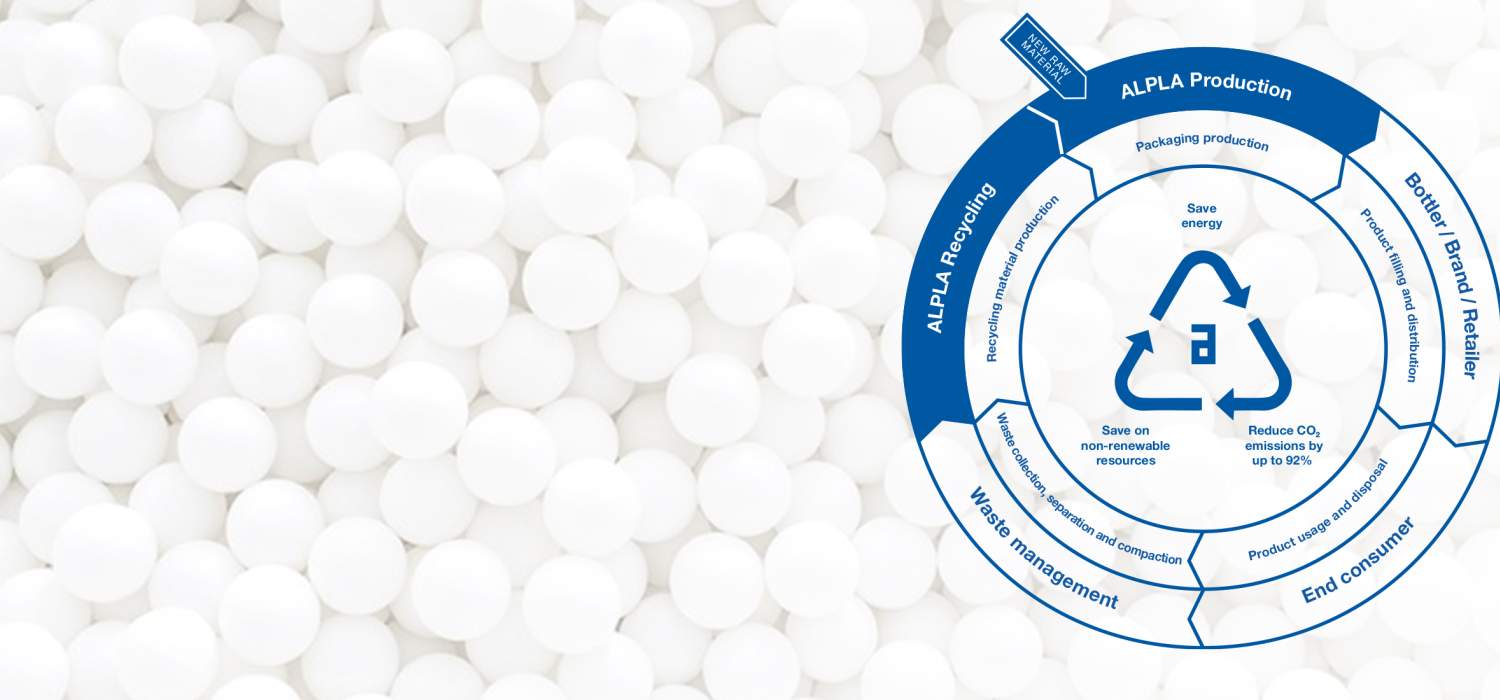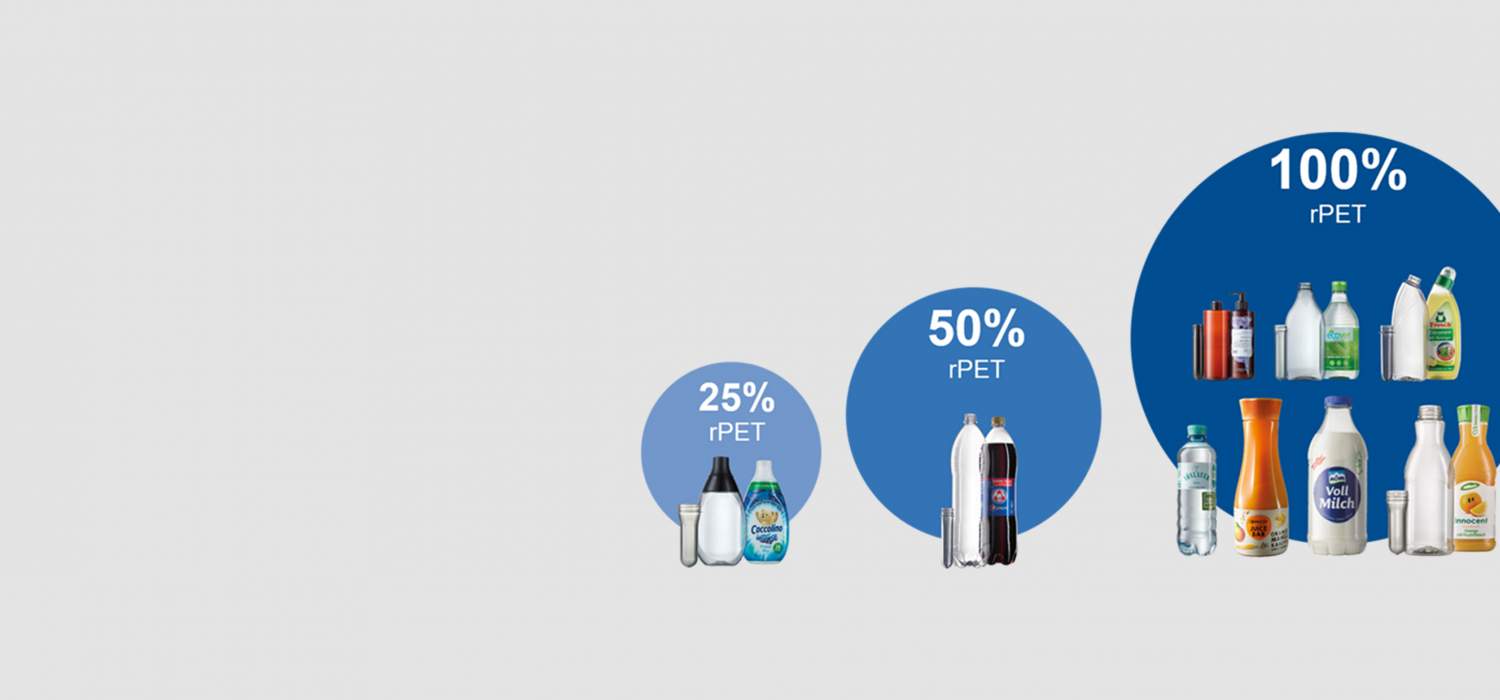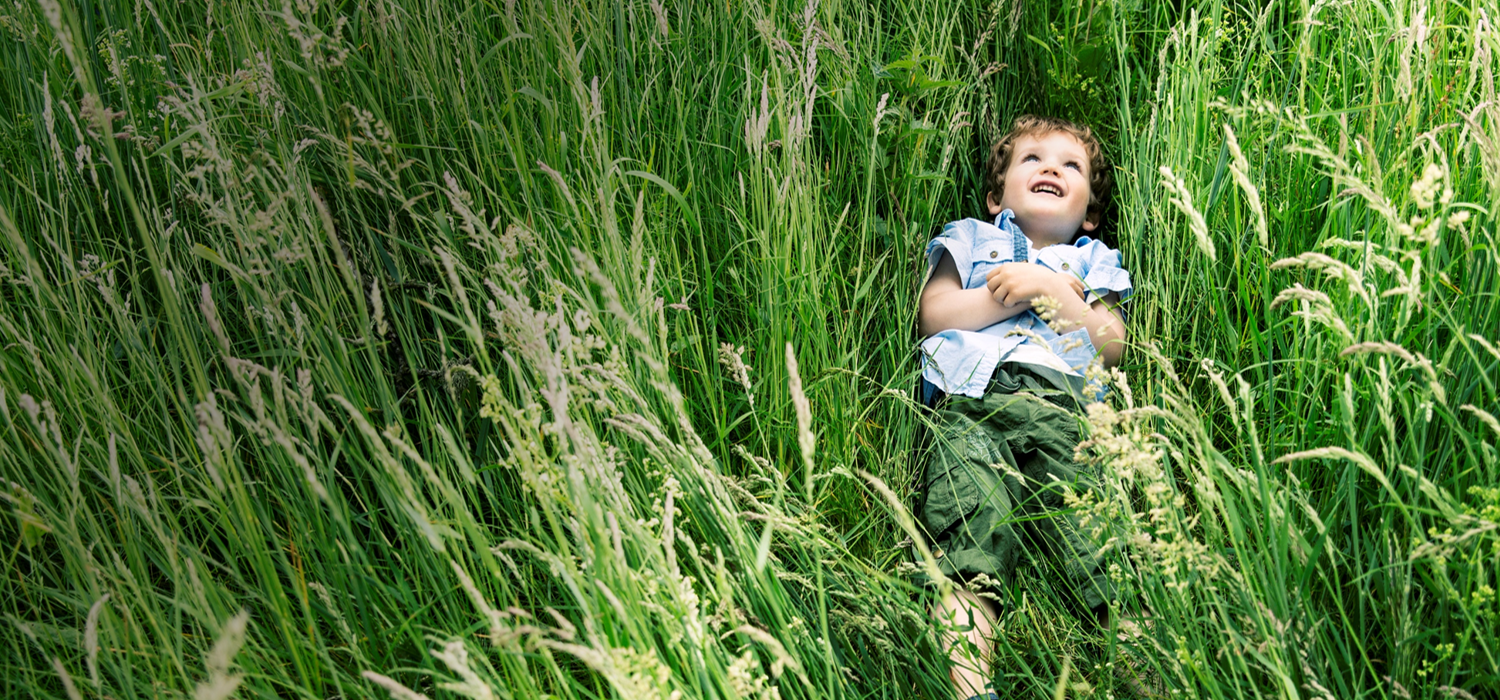The Myth of the evil PET Bottle

BAD-MOUTHING PLASTIC DOESN'T SOLVE ANY PROBLEMS. BUT MAKING PLASTIC BETTER DOES. THIS IS OUR MISSION. AND IT HAS BEEN SO FOR MORE THAN 60 YEARS.
The Myth of the evil PET Bottle
Plastics don’t have it easy – they come under fire from all sides. A lot of the claims made about the harm to the environment caused by plastic packaging are preconceptions or only half-truths.
If plastic is used responsibly and is recycled as frequently as possible after use and for as long as possible, it is more sustainable than the alternative packaging materials. Developing and realising such solutions is precisely our area of expertise – and this has been the case for more than 60 years.
ALPLA is a pioneer in the development and production of sustainable packaging solutions using plastic and leads by example to this day. We operate our own recycling plants at a number of sites in Europe and engage in partnerships that seek to optimise the use of resources and the production of high-quality recycled plastics.
We are combating the ‘myth of the perfidious PET bottle’ here with robust facts for those who demonise plastics. Prepare to be surprised! Some of the facts will prompt you to revise your opinion and perhaps even rethink your own actions.
MYTH 01: PLASTIC WASTE
The majority of packaging waste is plastic.
In fact:
Plastic packaging makes up only a small proportion of packaging waste.
- Across Europe, plastic packaging accounts for approximately only 19% of our total packaging waste.
- Significantly larger proportions of total packaging waste, the volume of which has risen slightly since 2007, are attributable to paper and carton
Source:
Eurostat (env_waspac)
MYTH 02: ENVIRONMENTAL FOOTPRINT
Glass, paper and metal are more environmentally friendly than plastic.
In fact:
PET is a sustainable packaging material.
- In a comparison of the environmental footprints of various packaging materials, plastic often performs better than glass or metal.
- Less carbon is emitted during the production of PET drinks bottles than when glass bottles are produced.
- Plastic is very light and therefore causes fewer carbon emissions than other packaging materials when being transported.
- PET has the major advantage that it can be recycled very easily and in a resource-conserving way.
Source:
c7-consult
MYTH 03: MATERIAL CONSUMPTION
The industry isn't doing anything to reduce the use of plastics.
In fact:
Optimisations have resulted in an annual reduction of almost 6.2 million tonnes of plastic in Western Europe.
- On average, packaging made of plastic has become 25% lighter since 1991, for example thanks to improved material properties as well as advances in production technology and in design. This results in a reduction of almost 6.2 million tonnes of plastic a year in western Europe alone.
- Even with these weight reductions, plastic packaging unreservedly meets all the functional requirements, for example regarding hygiene and transport safety. No other packaging material is currently able to achieve this.
Sources:
German Association for Plastics Packaging and Films (IK):
‘Daten & Fakten –„Ressourceneffizienz von Kunststoffverpackungen’;
PlasticsEurope: ‘Plastics – the Facts 2019’
MYTH 04: CLIMATE CHANGE
Plastic packaging is preventing us from achieving the carbon targets.
In fact:
plastic packaging creates a very small amount of a person's total carbon footprint.
- Every person in the EU causes approximately 8.4 tonnes of carbon emissions a year. Packaging causes only a fraction in comparison to transport, energy and food, namely 0.6%!
- Just one return flight from Vienna to Majorca and back causes as much carbon to be emitted as using plastic packaging for approximately twelve years!
Sources:
European Environment Agency 2017;
CO2 equivalent, myclimate calculator, 2,900 km
Economy Class, return flight, 1 person
MYTH 05: FOSSIL RESOURCES
Plastic packaging causes extremely high oil consumption.
In fact:
Just 1.5% of the crude oil produced globally is used for the manufacturing of plastic packaging.
- It takes far fewer fossil resources to produce plastics than people think.
- What’s more, unlike ‘used’ fuel, used plastics can be reprocessed multiple times, thus conserving resources.
- There are also future-proof alternatives in the form of bio-based plastics which are made of renewable resources.
Source: http://bpf.co.uk/press/Oil_Consumption.aspx
MYTH 06: MARINE LITTERING
The oceans are littered with plastic packaging that comes from Europe.
In fact:
Marine littering is a structural problem, not a plastics problem.
- 80% of the waste in the world’s oceans originates on land, primarily in developing countries that lack a comprehensive waste collection system.
- ALPLA therefore actively promotes the following in such countries:
- Raising awareness that plastic is a valuable resource rather than a waste product
- Supporting initiatives that combat marine pollution
- Establishing infrastructures for the collection, sorting and recycling of plastics
Source:
European Commission: ‘A European Strategy for Plastics in a Circular Economy’
MYTH 07: CIRCULAR ECONOMY
Plastic packaging ultimately ends up as landfill.
In fact:
Less and less plastic is ending up as landfill.
- Used plastic packaging is increasingly being collected throughout Europe.
- Only a small proportion of this is then used as landfill – and this is diminishing all the time. Accordingly, the proportions of recycled and incinerated plastic waste are increasing.
- When plastics are incinerated, the energy they contain is exploited. Incineration is preferable over landfilling in the case of plastics which can no longer be recycled.
Source:
PlasticsEurope: ‘Plastics – the Facts 2019’
MYTH 08: MICROPLASTICS
Plastic packaging leads to microplastics.
In fact:
The primary causes are synthetic textiles and car tyre wear.
- Plastic packaging does not contribute to putting primary microplastics in the ocean.
- The more plastic packaging is disposed of correctly and is recycled, the lower the proportion of secondary microplastics.
If plastics are kept within the materials cycle, they cannot end up in nature and break down into microplastics there.
Source:
IUCN 2017
MYTH 09: HEALTH
Plastic packaging is harmful to health.
In fact:
Plastic packaging can actually even protect people's health.
- Contaminated water can be purified in transparent PET bottles with the help of UV rays. This simple solution can help people living in regions where there is no access to clean drinking water.
- Harmful substances like bisphenol A (BPA) are not used in PET drinks bottles and caps or in the plastic packaging used for personal care and household products.
- Very small amounts of acetaldehyde are present in PET bottles. This natural substance can also be found in foods and occurs as an intermediate in human metabolism.













